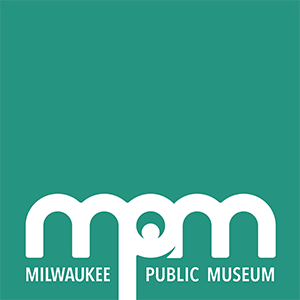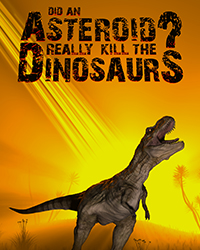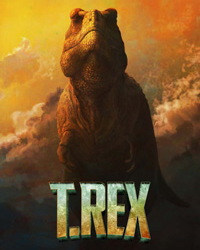
Beat the heat when you travel back in time to the age of the dinosaurs this summer!
July 7-25, 2025
Visit MPM for three weeks of dino-themed activities, Planetarium programs, special events, and exhibits! Examine real fossils, learn about the fascinating connections between birds and dinosaurs, put your di-knowledge to the test, and discover new facts about the prehistoric creatures that call MPM home.
Enjoy Dino Days of Summer for FREE with your MPM membership! Not a member? Learn more.
Bonus Onsite Learning
Education Stations
Join Museum Educators on the exhibit floors weekdays and on Saturdays to learn about the following topics:
Fossil Challenge
What is a fossil? Put your paleontology skills to the test and try deciphering which objects are fossils, which are not, and why!
Dino or Di-NO?
We all think we're experts on dinosaurs, but does our knowledge stand up to the geological pressure when put to the test? Learn what sets dinosaurs apart from other prehistoric creatures.
Name-a-Saurus
Did you ever wonder how dinosaurs got their names? Learn about how scientists name species, and put it to practice by creating your own dino name!
Mary Anning, Paleontologist Extraordinaire
Learn about Mary Anning, 19th-century fossilist, geologist, and paleontologist. Dig through her famous finds to unearth your paleontology skills!
Days and times may vary. Closed Tuesdays.
Saturday Storytime Series, July 12 and 19, 11 a.m.-3 p.m.
Families with young children (recommended for ages 3-6) are welcome to visit our Early Learning classroom under the Grand Staircase on the Ground Floor for hands-on activities and story times that celebrate all things dino!
Sessions are facilitated by MPM Educators. Story times will take place at selected times throughout the day.
Dome Theater and Planetarium
Daily, the Daniel M. Soref Dome Theater and Planetarium will show Dino SOARS! at 12:10 p.m. Explore the fascinating connections between birds and dinosaurs.
Special Event
 Family Dino Trivia Night
Family Dino Trivia Night
Are you a di-know-it-all? Test your di-knowledge at Family Trivia Night! Compete for the ultimate bragging rights as the MPM Dino Trivia Champ. Recommended for dino experts ages 6 and up.
Date and Time
July 24, 2025
6-8 p.m.
Cost and Reservations
$15 per person
Exhibits and Collections
Torosaur
This specimen is important because Torosaurs are far less common than the related dinosaur Triceratops, and this was the first-ever found in Montana. More importantly, this was the only specimen with significant post-cranial (behind-the-skull) remains; most Torosaurs are represented by skulls only. This skull, nearly nine feet long and eight feet wide, is one of the largest dinosaur skulls ever found.
Hell Creek
Pachycephalosaur Skull
Additional Resources
Check out our booklist curated by MPM Educators for recommended reading on all things Dino! Coming soon.
"The beautiful thing about science is it's constantly evolving and it's never static." Learn about paleontologists' changing understandings of what the Dromaeosaur looked like through MPM's three different models on display.



